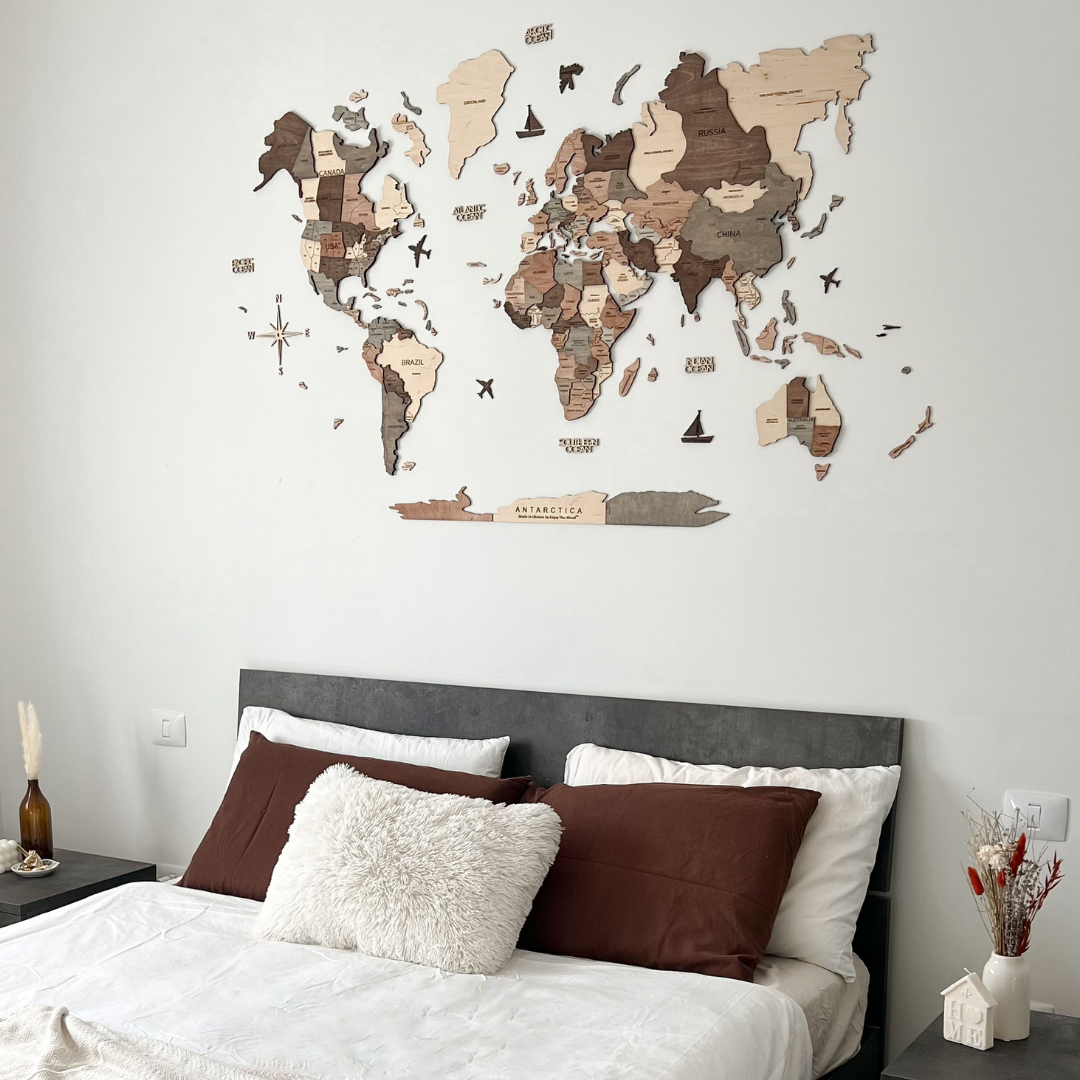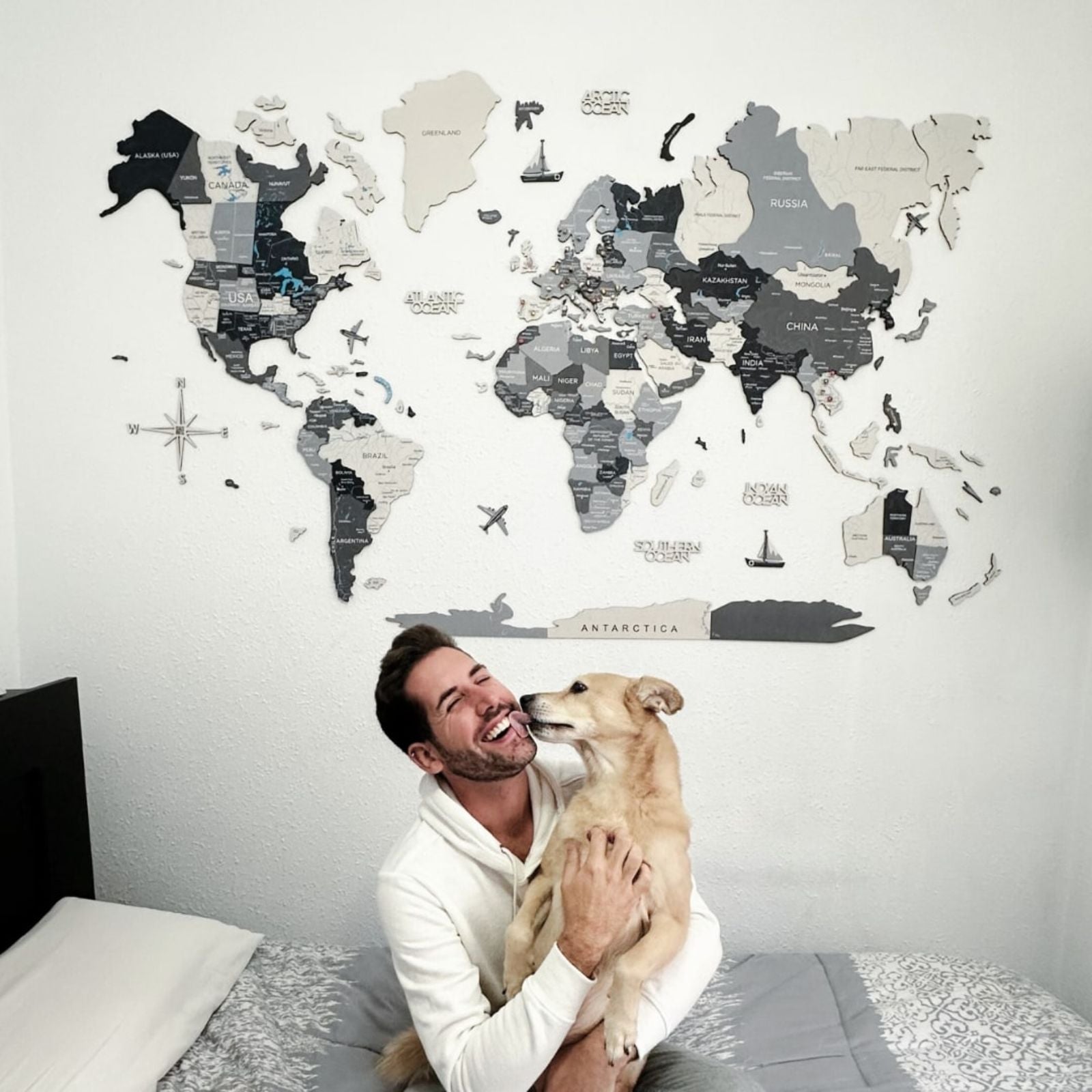Iceland is a volcanic island in the North Atlantic that hosts a nation of a little over 350.000 people. They have their own language and a unique alphabet. From awe-inspiring glaciers to geothermal springs and active volcanoes, Iceland is a place where nature takes center stage. It is frequently called “the land of fire and ice” and has a unique cultural heritage.
The Fostenko family has returned from their trip to Iceland and we asked Maryna to talk us about their experience:
How did you plan your stay?
We trusted the experts from Paganel Studio to organize the trip and were not disappointed. True professionals!
What time of year should you go?
We went in July, hoping it would be warm enough. However, when we arrived in Reykjavik, it was only 11 degrees and rainy. So we went shopping and got some great quality thermal underwear and raincoats. It is much warmer and sunnier in the south of Iceland though.
What are some of the attractions that you have visited?
- Húsavík town on the north coast of Iceland on the shores of Skjálfandi bay. Húsavík has become a centre of whale watching in Iceland due to whales of different species that frequently enter the bay. The most famous landmark of the town is the wooden church Húsavíkurkirkja, built in 1907.
- The Blue Lagoon is an outdoor spa and one steamy location that you would not want to miss. Many consider the mineral-rich waters to be a natural wonder, but they are actually man-made. The two main minerals are sulfur and silica. This combination is what gives this hot spring its ethereal blue tint.



- Dettifoss waterfall in Vatnajökull National Park in northeast Iceland is reputed to be the second most powerful waterfall in Europe after the Rhine Falls. The falls are 100 metres wide and have a drop of 44 metres.
- The Skógafoss waterfall located on the Skógá River in the south of Iceland is one of the biggest waterfalls in the country, with a width of 25 metres and a drop of 60 metres. Due to the amount of spray, the waterfall consistently produces rainbows visible on sunny days.
- Reynisfjara is the most famous black sand beach in southern Iceland. What sets Reynisfjara apart are its black volcanic sands, smooth pebbles, unique rock formations, and huge waves crashing on the shore. You’ll see it featured on postcards and brochures throughout the country.
- Diamond beach is a must-do in southeast Iceland. It is a black volcanic sand beach where icebergs from the glacier lagoon drift ashore. You can see small and big icebergs in many shapes and colors. Stunning view indeed!

Highlights
- We loved traveling around by camper van
- Breathing the crispy clean air
- One of the most expensive countries that we have been to
- People are very close to nature
- Icelanders love soaking up the sun. Sunlight is limited.
- Icelanders derive their surnames from their father or mother's first name, followed by the suffix -son (in case of a boy) or -dóttir (in case of a girl).
Local food
Most popular dishes involve fish, lamb, and Icelandic skyr - a fresh sour milk cheese that has the consistency of a strained yogurt. For a snack, try Harðfiskur or stockfish that can be purchased in any grocery store.
What have you tried doing for the first time?
- Saw a glacier
- Saw lava
- Whale watching

Did anything unexpected happen to you?
As we were taking photos at the Mýrdalsjökull glacier, a small part of a glacier broke off and collapsed into the sea, producing a wave that hit Igor. It was only about 14 degrees outside and the water was very cold. Luckily, he did not get hurt, just wet. Waves are treacherous in Iceland. The danger lies in getting too close to the water. Even if it's a nice and calm day and you feel like you're at a safe distance, a big wave can come and sweep you off your feet or out to sea. Watch out!
We hope this story will help you plan a memorable and safe trip to Iceland!
Illuminated by the Northern Lights in the winter and the midnight sun in the summer, Iceland is a great idea in any season, offering you an experience unmatched anywhere else on the planet.
EnjoyTheWood Team and Regina Lyahovetskaya





















2 comments
Mike
Cool article…
motivation to go there too… Maybe even a good idea during this covid times… as distances there are easy to keep…
Take care and keep posting
Mike
Mike Mubanga
What an interesting article about where the ice and fire meet! It must be quenching like a process by which metal iron is prepared for tough times of the future. I wonder what that would be like that’s why I would like to visit, ice and water land soon!
Leave a comment
All comments are moderated before being published.
This site is protected by hCaptcha and the hCaptcha Privacy Policy and Terms of Service apply.